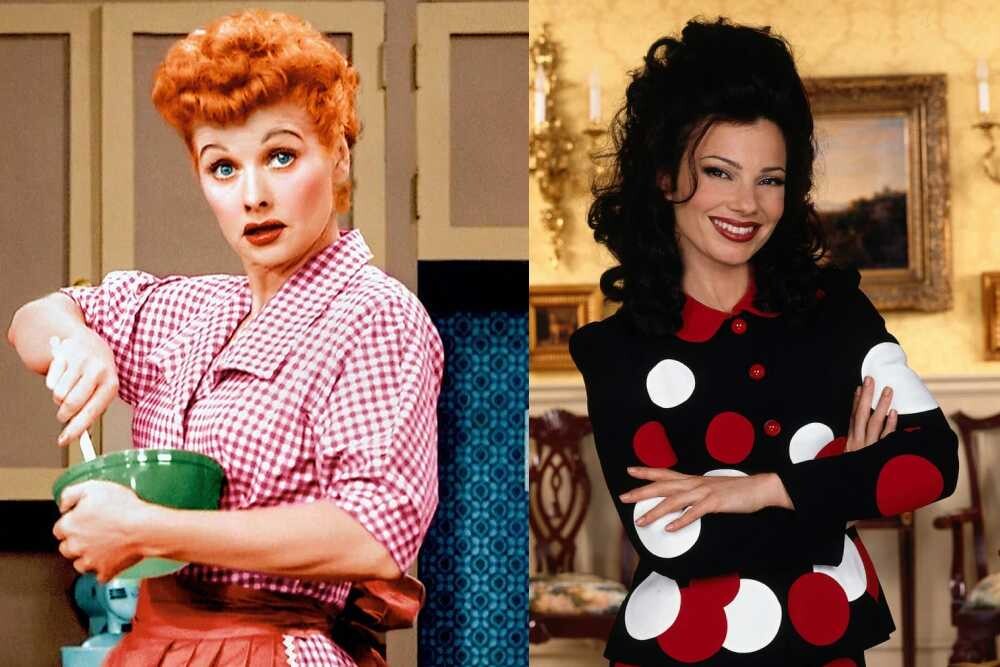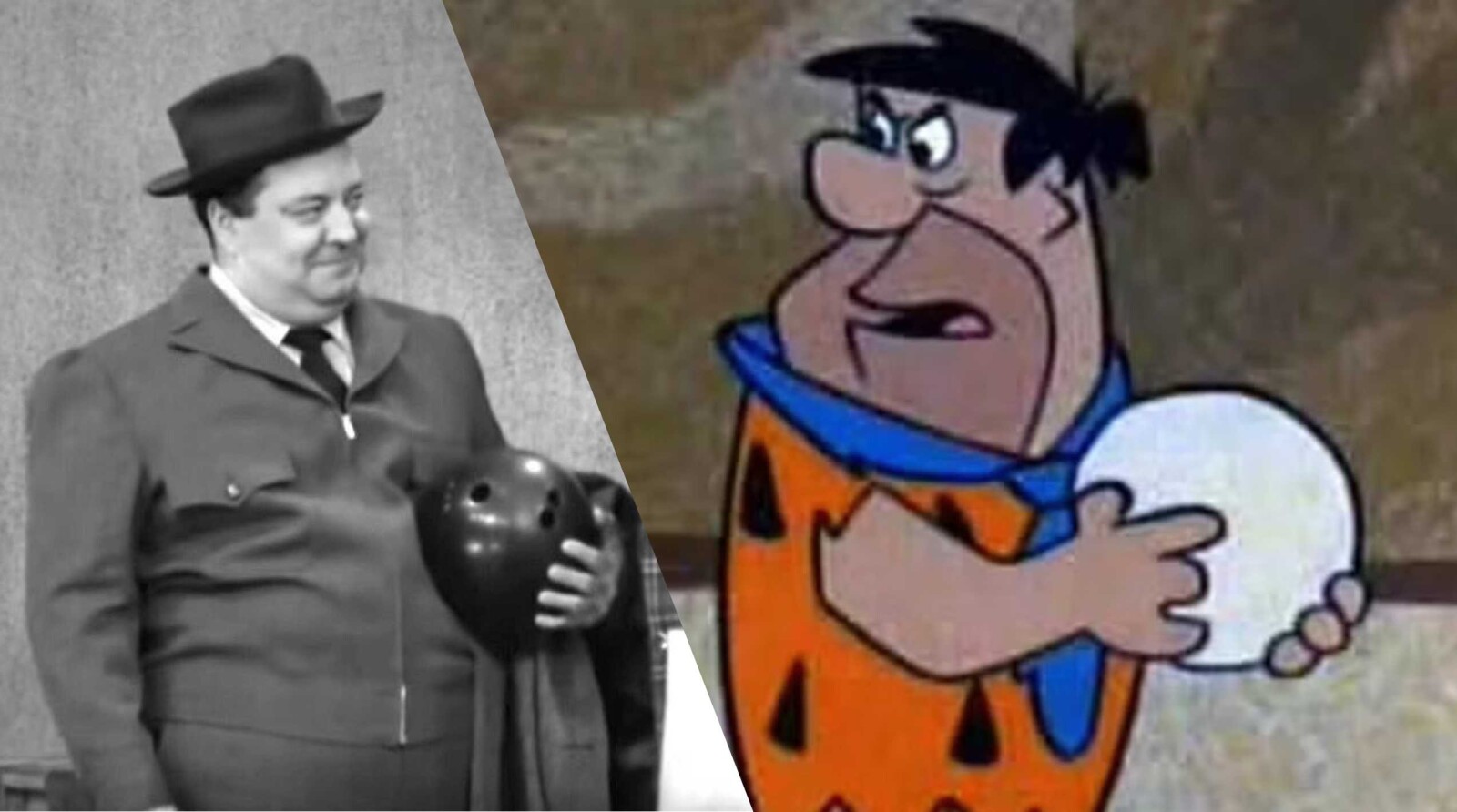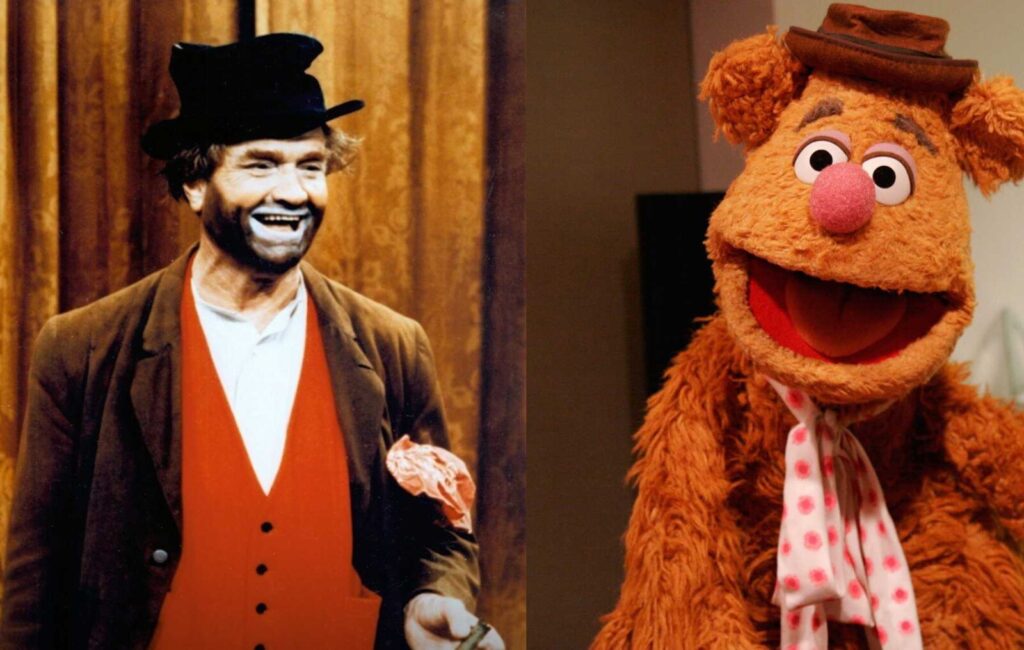Last week, when stopping by Will Friedle’s Magical Rewind podcast, former Blossom star Joey Lawrence made a rather audacious claim: Matt LeBlanc’s Joey Tribbiani character from Friends was a direct rip-off of his Blossom character Joey Russo. He even said NBC sent LeBlanc to watch Blossom during tapings, and that LeBlanc sat in the audience with a notepad, studying how to make his future Friends character both a charming womanizer and an innocent, lovable guy.
People immediately cried foul over Lawrence seemingly taking credit for a character more beloved and better remembered than his own. “Does this guy really think he was that important?” reads one comment on the podcast’s Instagram post. “Sure. Keep telling yourself that,” another scolds. Other commenters even pointed out that LeBlanc played a very Joey-like character on Married… with Children years before Friends.
While Lawrence’s claim seems suspect, there are many examples of classic sitcom characters being directly based on other classic sitcom characters. And many times, creators of the latter have been entirely open about their source of inspiration. Below are five examples of iconic sitcom characters who were directly inspired by another specific sitcom character, along with what their creators said about the similarities. (Admittedly, some of these characters come from the world of comedy variety or late-night shows, not sitcoms, but that’s close enough.)
Eric Cartman and Archie Bunker
When asked to name shows similar to South Park, most people will cite other adult cartoons like The Simpsons or Rick and Morty, but the most accurate comparison is All in the Family. Both shows demonstrate sharp political relevance for their respective eras, and both won Peabody awards for their social commentary. The two shows also use an overweight, ill-tempered racist to make many of their more salient points. When developing South Park, Trey Parker has admitted that he and Matt Stone spoke about All in the Family, saying, “You could never have an Archie Bunker on a show these days. Then we said, ‘Well, what if we made him an eight-year-old?’ and that’s really where Cartman came to be.”
Fozzie Bear and Red Skelton
During The Muppet Show’s development, Jim Henson knew he wanted the core characters to provide different types of entertainment. So he created musicians like Rowlf and the Electric Mayhem, performance artists like Gonzo and a professional gargler with Angus McGonagle, the argyle gargoyle who gargles Gershwin. With Fozzie Bear, Henson explained, “We knew we wanted to have a stand-up comedian. We had in mind a Red Skelton-type of character that was a bundle of anxieties off stage and a gung-ho storyteller up front.” Fozzie even ended up with Skelton’s signature hat. Ultimately, for comedic effect, they inverted the model by making Fozzie a terrible comedian. The irony is that Fozzie ended up being far more timeless than Skelton ever was.
Hank Kingsley and Ed McMahon

The Larry Sanders Show was a sitcom about the making of a Tonight Show-style late night show, and as such, much of the series borrowed from real-life talk shows. But while the Larry Sanders (Garry Shandling) character was mostly just informed by David Letterman’s dry sensibility, Jeffrey Tambor’s Hank Kingsley, the sidekick to Sanders, was clearly meant as a direct play on Johnny Carson’s Tonight Show sidekick Ed McMahon. During Carson’s 30-year Tonight Show run, McMahon was often joked about being a needy Carson sycophant (even SNL’s Phil Hartman played McMahon that way when he impersonated him), and with Hank Kinglsey, that quality was turned up to 11, along with a great deal more insecurity about it. Additionally, Hank’s “Hey now!” catchphrase was an obvious play on McMahon’s “Hi-O!”
Tambor talked about studying McMahon for the role, telling Vulture about a time when Shandling took him to a taping of The Tonight Show with Johnny Carson. “I learned the biggest lesson just watching Ed McMahon, watching him watch Mr. Carson’s monologue,” said Tambor. “It didn’t seem like Ed was more than eight or ten feet away, although it looked almost like a football field away on-camera. And I realized, Ed is totally there for Mr. Carson. His appreciation, his laugh — that fantastic laugh, it’s all a support position. And then they went to break. The two of them turned upstage and walked to places where they could sit in a half-light, in total silence, for two and a half minutes. That’s a long time. And they did not communicate. When the lights came back on, they were on again. I learned the whole scope of their relationship during that break.”
Fran Fine and Lucy Ricardo

Fran Drescher has spoken many times about how Lucille Ball inspired her — both as a young child and comedian — with her signature brand of physical comedy and comedic storytelling. As it turns out, Ball also directly inspired Drescher’s character in The Nanny. “The Lucy character and the Ms. Fine character are very similar in the sense that they did what they wanted, even if it was behind their husband’s (or boss’) back,” Drescher told American Masters.
She also noted I Love Lucy’s way of telling stories centered around Lucy. “There was something very positive about the way I Love Lucy was written that enabled Lucille Ball to remain the centerpiece and the clown of her own television series. All too often, what happens when you write a television show, it’s very hard to keep the central character a clown. More often than not, it’s the secondary characters, the nutty neighbor, the friend, that becomes the clown character.”
In The Nanny, Drescher made a concerted effort to keep Fran Fine as the center of the show and its funniest, most clownish character, just as Ball expertly managed to do with Lucy Ricardo.
Fred Flintstone and Ralph Kramden

Whereas the other characters were largely “inspired by” their predecessors, Fred Flintstone crosses over into straight-up rip-off territory. The Honeymooners was one of the biggest, funniest, most beloved sitcoms of the 1950s, and at its center was the loud, scheming, overweight, dim-witted, short-tempered, blue-collar guy Ralph Kramden. A few years after The Honeymooners ended, Fred Flintstone arrived with all the same personality traits — the only difference being that Fred’s blue collar was likely made from the hide of some saber-toothed beast.
Bill Hanna, the co-creator of The Flintstones, admitted to the overt influence, saying, “At that time, The Honeymooners was the most popular show on the air, and for my bill, it was the funniest show on the air. The characters, I thought, were terrific. Now, that influenced greatly what we did with The Flintstones.”
On the flip side, Hanna’s partner Joe Barbera was more cagey on the subject, saying, “I don’t remember mentioning The Honeymooners when I sold the show, but if people want to compare The Flintstones to The Honeymooners, then great. It’s a total compliment.”
In reality, The Flintstones was just a prehistoric cartoon copycat of The Honeymooners. However, the show gets a pass because Fred Flintstone is a funny character, and you’re allowed to be a rip-off when you’re that funny.
Content shared from www.cracked.com.

